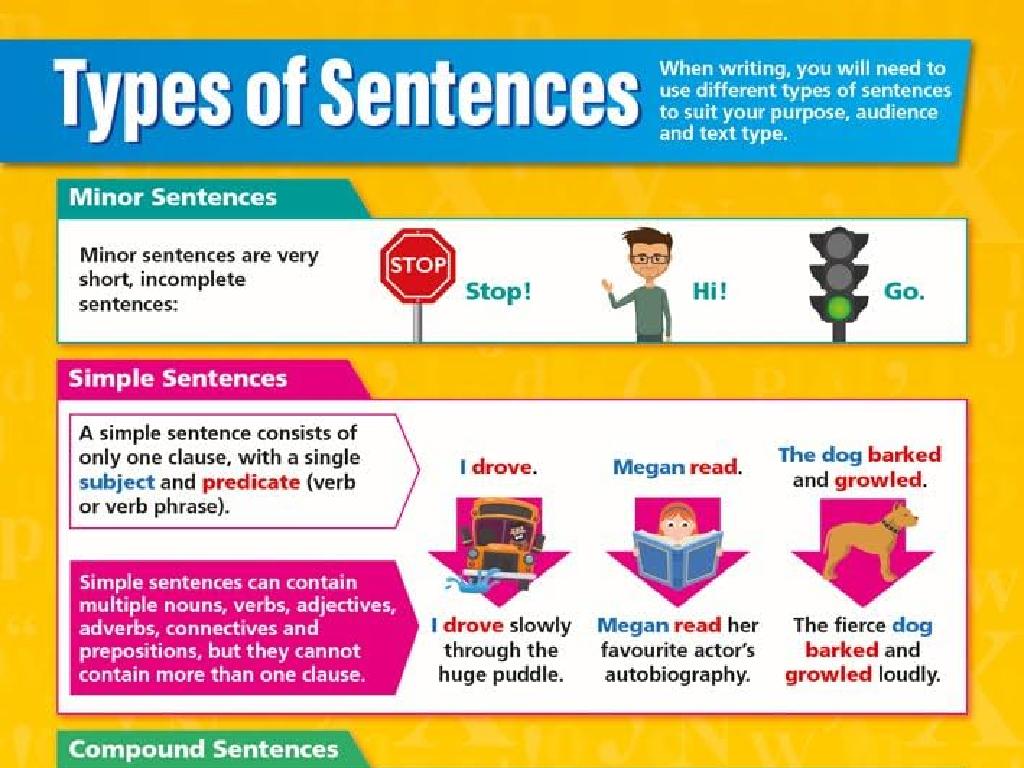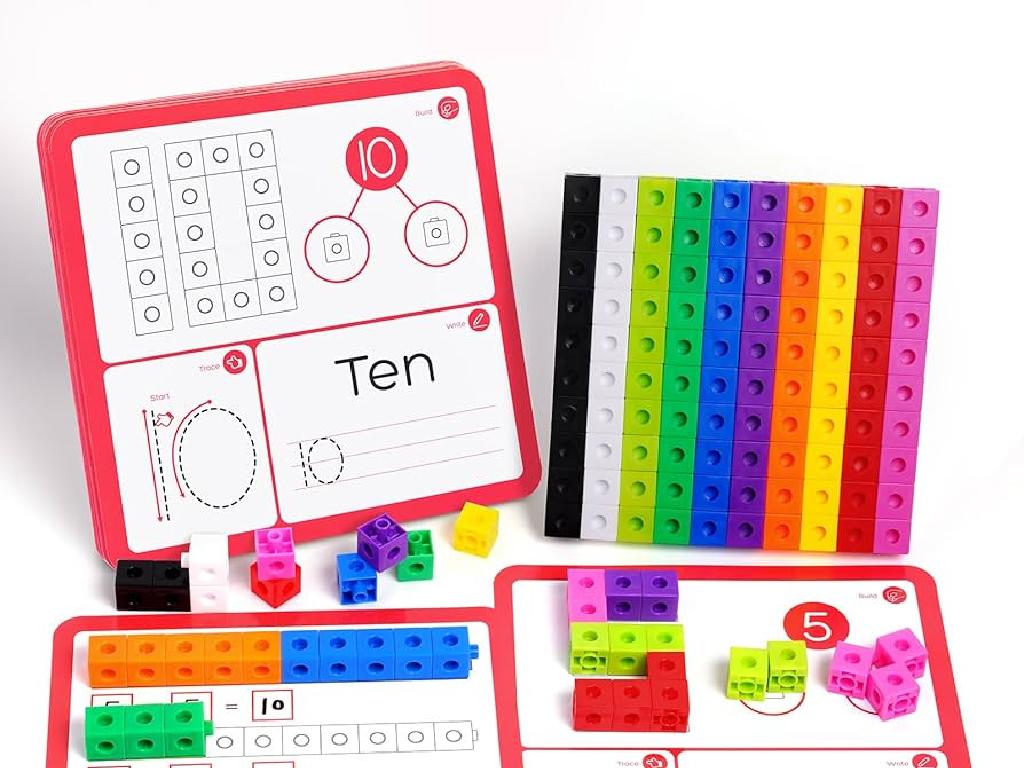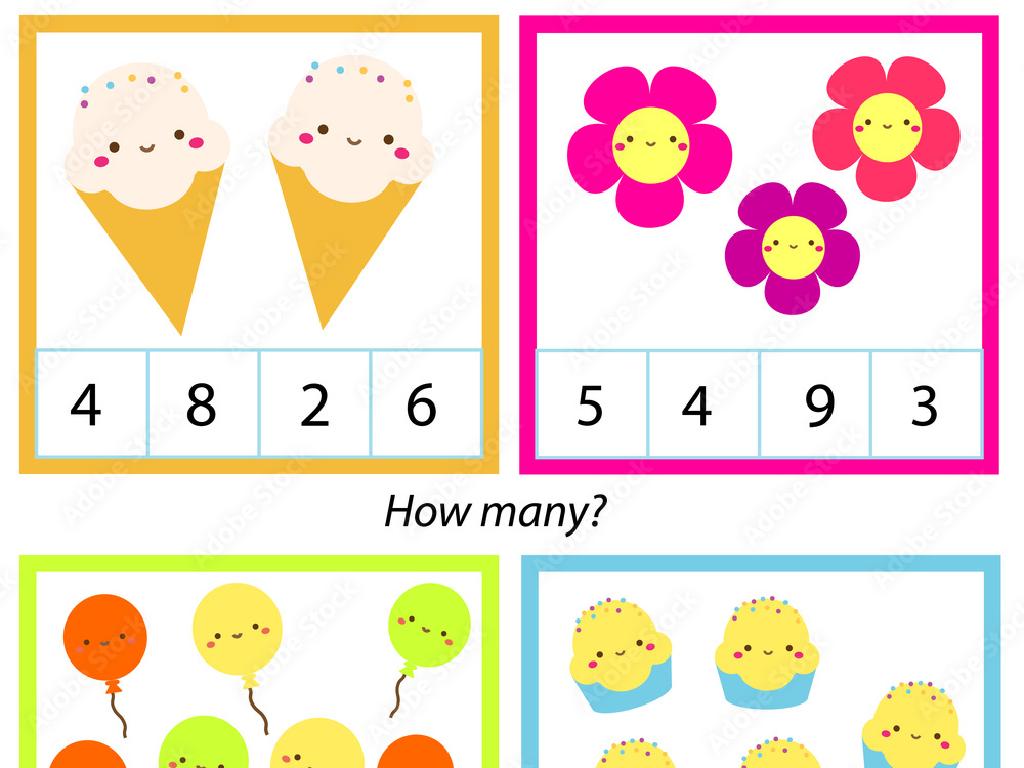Complete Addition And Subtraction Sentences With Mixed Numbers
Subject: Math
Grade: Fifth grade
Topic: Add And Subtract Mixed Numbers
Please LOG IN to download the presentation. Access is available to registered users only.
View More Content
Introduction to Mixed Numbers
– Understanding mixed numbers
– A mix of whole numbers and fractions, like 2 1/2
– Mixed numbers in daily life
– Used in cooking, measuring, and time tracking
– Reviewing whole numbers
– Whole numbers are complete items, e.g., 3 apples
– Reviewing fractions
– Fractions represent parts of a whole, e.g., 1/2 of a pizza
|
Begin the lesson by explaining what mixed numbers are and how they combine whole numbers with fractions to represent quantities more precisely than whole numbers or fractions alone. Provide examples from everyday life where mixed numbers are applicable, such as in recipes for cooking or measurements in building projects. Refresh students’ memory on whole numbers as countable quantities and fractions as parts of a whole. Use visual aids like pie charts or number lines to help students visualize fractions and mixed numbers. This foundational understanding will prepare students for learning how to perform addition and subtraction with mixed numbers.
Visualizing Mixed Numbers
– Composition of a mixed number
– A whole number combined with a fraction
– Visual examples of mixed numbers
– Illustrations showing whole and fractional parts
– Group activity: Identify mixed numbers
– Use illustrations to find and write mixed numbers
|
This slide introduces students to the concept of mixed numbers, which consist of a whole number and a fractional part. Begin by explaining the two components of mixed numbers. Use visual aids, such as pie charts or number lines, to show examples of mixed numbers. For the group activity, provide illustrations that depict mixed numbers in various contexts, such as measuring cups or divided pizzas, and ask students to identify and write down the mixed numbers they see. This activity will help students to recognize and understand mixed numbers in a visual and interactive way. Ensure that each group has a different set of illustrations to promote a variety of learning experiences. Discuss the findings as a class afterward to reinforce the concept.
Adding Mixed Numbers
– Add whole numbers first
– Sum the whole number parts separately, like 2 + 3 in 2 1/4 + 3 3/4.
– Add fractions next
– Add the fractional parts, like 1/4 + 3/4.
– Combine sums for total
– Add the results of the first two steps to find the final answer.
|
When teaching addition with mixed numbers, start by separating the whole numbers from the fractions. Have students add the whole numbers together, and then the fractions. If the fractions have different denominators, they’ll need to find a common denominator before adding. Once both sums are calculated, they can be combined to find the total. Use visual aids like number lines or pie charts to help students understand the concept. Encourage students to practice with examples and provide immediate feedback to solidify their understanding.
Subtraction with Mixed Numbers
– Subtract whole numbers first
– Take the whole number parts and subtract them like regular numbers.
– Then subtract the fractions
– If the fractions don t have the same denominator, find a common one.
– Borrowing with mixed numbers
– Sometimes you ll need to borrow from the whole number to subtract the fractions.
– Practice with examples
– Use example: 5 2/3 – 3 1/4, borrow to make 4 5/6 – 3 1/4.
|
When teaching subtraction with mixed numbers, start by separating the whole numbers from the fractions. Subtract the whole numbers. For the fractions, ensure they have the same denominator before subtracting. If the fraction part of the minuend is smaller than the subtrahend, borrowing is necessary; convert some of the whole number into an equivalent fraction to add to the existing fraction. Provide clear examples, like 5 2/3 – 3 1/4, demonstrating each step, including borrowing. Have students practice with similar problems and encourage them to explain their process to solidify their understanding.
Completing Sentences with Mixed Numbers
– Context in math sentences
– Using addition with mixed numbers
– Add mixed numbers like 2 1/3 + 1 2/3
– Using subtraction with mixed numbers
– Subtract numbers like 4 1/2 – 2 1/4
– Practice with assistance
– Work through examples together in class
|
This slide introduces students to the concept of completing mathematical sentences using mixed numbers. Start by explaining the context within a math problem and how it can indicate whether to add or subtract. Demonstrate addition and subtraction with mixed numbers through examples, ensuring to align with the context of the sentence. Provide practice problems and offer guided assistance to help students apply these concepts. Encourage students to verbalize their thought process as they work through the problems to reinforce their understanding. The goal is for students to become comfortable with identifying when to add or subtract mixed numbers and to complete sentences accurately.
Solving Word Problems with Mixed Numbers
– Read and interpret word problems
– Understand the story to find clues
– Decide to add or subtract
– Look for keywords: ‘total’ for addition, ‘left’ for subtraction
– Solve problems step by step
– Break down the mixed numbers and solve
– Check your answers
– Review your solution for mistakes
|
This slide aims to guide students through the process of solving word problems involving mixed numbers. Start by reading the problem carefully and understanding the context. Teach students to look for keywords that indicate whether to add or subtract. For example, ‘altogether’ or ‘in total’ may suggest addition, while ‘remain’ or ‘left’ might indicate subtraction. Show them how to break down mixed numbers into whole numbers and fractions, solve each part separately, and then combine the results. Emphasize the importance of checking their work to ensure accuracy. Provide practice problems for students to apply these steps and reinforce their understanding.
Class Activity: Mixed Numbers Relay
– Divide into small groups
– Receive a set of mixed number problems
– Race to solve problems accurately
Accuracy is key! Take your time to get it right.
– Pass the baton to the next teammate
Teamwork in action! Cheer on your teammates.
|
This activity is designed to encourage teamwork and reinforce the concept of adding and subtracting mixed numbers. Divide the class into groups of 4-5 students. Each group gets a different set of mixed number addition and subtraction problems. The first student in each group solves a problem, then passes the ‘baton’ (which could be a marker or any classroom object) to the next student. The goal is to complete all problems accurately as fast as possible. Teachers should monitor the groups for correct answers and provide immediate feedback. Possible variations of the activity could include a puzzle that comes together with each correct answer, a point system for correct solutions, or a ‘relay race’ where students must run to a designated spot to pass the baton.
Review and Reflection: Mixed Numbers
– Recap key mixed number concepts
– Discuss common calculation errors
– For example, not aligning fractions properly or incorrect borrowing/carrying.
– Strategies to avoid mistakes
– Double-check work, align numbers carefully, and practice borrowing/carrying.
– Engage in Q&A for clarity
|
This slide aims to consolidate the day’s learning on adding and subtracting mixed numbers. Begin by reviewing the key concepts, such as what mixed numbers are and the steps to add or subtract them. Highlight common mistakes, like misalignment of numbers or errors in borrowing and carrying, and discuss strategies to avoid these pitfalls. Encourage students to ask questions about any part of the lesson they found challenging. This interactive session will help reinforce their understanding and correct any misconceptions before moving forward.
Homework: Mastering Mixed Numbers
– Practice adding and subtracting mixed numbers
– Complete worksheet sentences with mixed numbers
– Use the worksheet to fill in the blanks with correct mixed numbers
– Review your work to prepare for the quiz
– Check answers for mistakes and understand why
– Quiz on mixed numbers next class
|
This homework assignment is designed to reinforce students’ understanding of adding and subtracting mixed numbers. Provide a worksheet with a variety of problems that require students to complete sentences using mixed numbers. Encourage them to use visual aids like number lines or pie charts if they struggle with the concept. Remind them to review their work to prepare for the upcoming quiz, which will assess their ability to work with mixed numbers. Offer some strategies for checking their work, such as estimating the answer before solving or checking their work with a partner. The goal is to build their confidence and ensure they understand the material before the quiz.






